Contents
We continue to recreate recipes for your favorite drinks. This time we are targeting homemade vermouth. Today there will be three recipes, including we will prepare Maritini at home, as the most popular vermouth in the world, as well as a drink based on green nuts, which we should have left after making the Italian Nocino liqueur.
Vermouth is a fortified wine with the addition of an extract of medicinal herbs and spices, which is based on alpine wormwood. In general, vermouth is translated from German as “wormwood”. Unlike homemade absinthe, vermouth does not contain bitter wormwood with a high content of thujone, but a “softer” relative that grows in the alpine meadows of Western Europe.
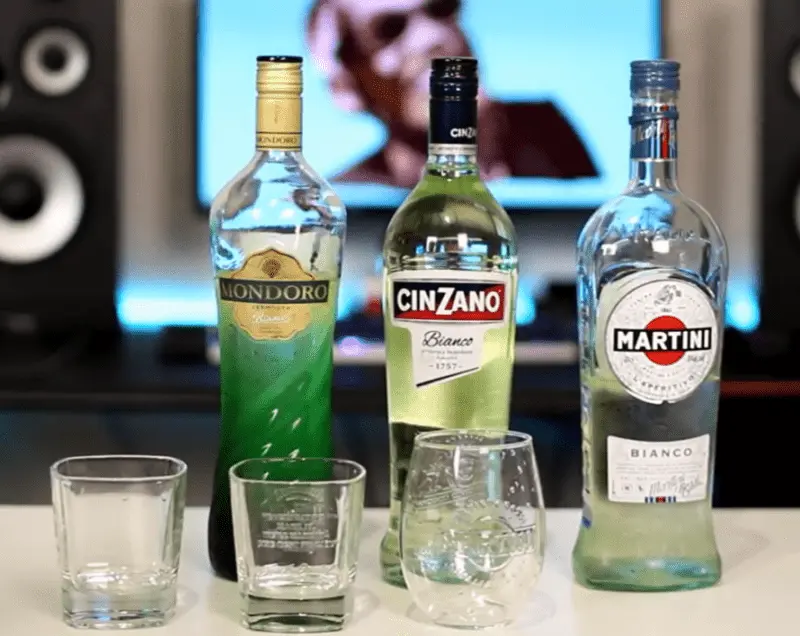
Not a single Martini, as they say…
Wormwood plays a key role in vermouths, and in some brands its content in the total essence can be up to 50%. However, in addition to wormwood, manufacturers can add up to 200 different herbs and spices to their drink. Among them, the basis has always been: yarrow, mint, cinnamon, cardamom, black elderberry, nutmeg. Also in some vermouths you can find cinchona bark, oak, tansy and shandra, which add bitterness to the drink; lemon peel, immortelle, St. John’s wort, juniper berries, rosemary, lemon balm, lemon wormwood, chamomile and more.
There is an opinion that Hippocrates himself had a hand in the creation of vermouth. The first mass production was established in 1786 in Turin by a certain Antonio Banedetto Carpano.
At the moment, it is customary to divide vermouth into five main groups:
- Dry (Dry, Vermouth Secco) – no more than 4% sugar;
- White (Vermouth Bianco) – 10-15% sugar;
- Red (Sweet, Vermouth Rosso) – more than 15% sugar;
- Pink (Vermouth Rose) – sugar content from 10 to 15% or more;
- Bitter (Vermouth Bitter) – bitter, that is, very bitter.
Almost all world-famous vermouths are produced in Italy, the homeland of this drink. These are the world-famous Martini, Campari and Cinzano, as well as Carpano, Barbero, Ricadonna and Gancia, which are popular in their homeland. France produces Lillet, Noilly Prat and Bussot.
Homemade vermouth recipes
Of course, each manufacturer makes sure that the recipe of his product remains secret. Sometimes leaks happen and then we, mortals, are given a great chance to touch the mystery of preparing an old aperitif. And if during the preparation of Becherovka we only tried to recreate the taste and aroma of the drink, then in the case of vermouth, we do not just make a similar drink – we make real vermouth, with its original taste and properties.
Get electronic scales if you are going to cook vermouth all the time – the herbs and spices are weighed in negligible quantities, sometimes less than 1 gram.
So, there are several approaches to making vermouth at home. The first and most common involves separate preparation: the essence of herbs and spices is prepared separately, wine is fortified separately, herbal infusion is added separately to taste. The first recipe suggests just such an approach, while the herbal essence is enough for 200-300 liters of the finished product, so think carefully about the appropriateness or just count the amount of herbs and alcohol. At the same time, it is important to understand that this is not a guide to action, but just information for reflection, which may push you to creativity and a thirst for experimentation.
Homemade vermouth according to traditional technology
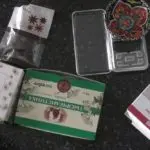
To prepare 1 liter of fragrant essence:
- 30 g of wormwood;
- 10 g of thyme;
- 1 g of tarragon (tarragon);
- 6 g of elder flowers;
- 2 g coriander seeds;
- 2 g lemon zest;
- 5 g peppermint;
- 5 g ground nutmeg;
- 1 g fennel;
- 1 g of elecampane high;
- 5 g rosemary;
- 5 g St. John’s wort;
- 5 g yarrow;
- 5 g of cinnamon;
- 5 g marjoram;
- 2 g orange peel;
- 3 g ground ginger;
- 5 g rose hips;
- 3 g chamomile;
- 3 g of cloves;
- 2 g vanilla extract;
- 5 g cardamom;
- 3 g of air;
- About 950 ml of alcohol 75%.
To prepare about 1-1,1 liters of vermouth:
- 1 liter of wine;
- 120 grams of sugar;
- 60 ml of water;
- 65 ml alcohol 95%;
- 5 ml essence.
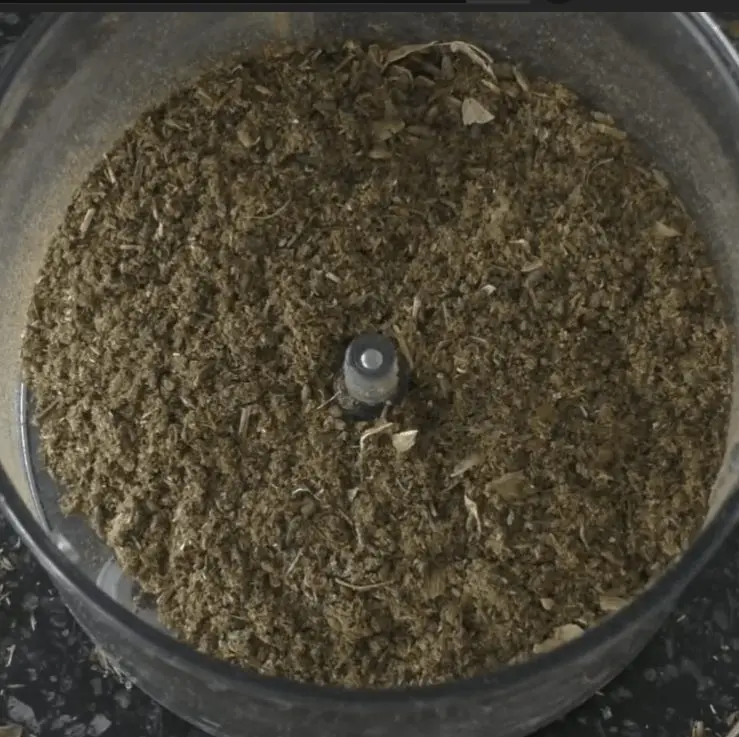 Preparation of herbal essence
Preparation of herbal essence
We put all herbs and spices in a liter jar and fill it to the top with 75% alcohol (how to dilute it to the desired strength is written here). It is necessary to infuse the essence for about 3 weeks in a dark, cool place, stirring occasionally. Herbs and spices can be purchased at pharmacies and grocery stores, and partially prepared on their own. Do not forget that wormwood is important here – we use inflorescences and upper leaves. Vanilla extract can be prepared on its own (recipe is described in the article on homemade coffee liqueur [right after the first recipe]) or replaced with 4-6 g of vanillin.
Making vermouth
After three weeks of infusion of the essence, it must be filtered through several layers of gauze and squeezed well. You can run it through a cotton filter. We will no longer need the grass, but it can be safely sent to the distillation cube for flavoring moonshine (for the second stage). Then we take the wine and add 65 ml of 95% alcohol to it – we make the wine fortified (it is advisable to use grape alcohol, grappa or chacha, for example). Next, we cook syrup from 120 g of sugar and 60 ml of water: we simply heat the water and dilute the sugar in it until the sugar is completely dissolved, do not boil. Cool the syrup and add to the fortified wine. There is also 5 ml of our essence, we measure it with a regular syringe (you can experiment with the amount).
Pour the finished vermouth into bottles, cork tightly and put in a cool place for aging. It is enough to wait a month, and preferably two – during this time the taste of the drink will become balanced, and all the herbs will combine into a wonderful aromatic and flavoring bouquet. That’s all.
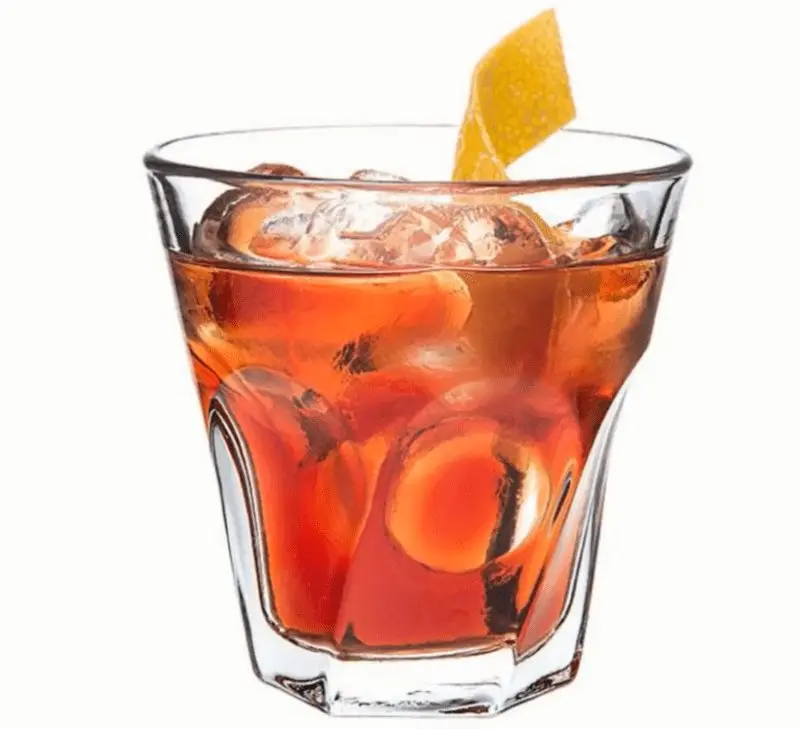
The author of this recipe is recommended to use the usual cheap white semi-sweet wine. In general, only dry white wines were previously used to make vermouths, but now this is not so important. In recent years, the so-called Catalan style of vermouth has appeared, which are prepared on the basis of red wine. We recommend using dry, neutral wines and, if not sweet enough, just add more syrup – dry vermouth is not for everyone, but it is suitable for making cocktails, for example, Dry Martini.
In the West, they recommend using Verdejo or Chilean Cabernet Sauvignon/Chianti – they are relatively cheap even here. If it is not possible to take a similar wine, feel free to take a good Tamyanka – the people tried it and were satisfied. Another important point: in mass production, after mixing all the components of vermouth, the drink goes through the so-called stabilization process – it is strongly heated, then cooled and filtered, and then bottled. We recommend doing the same before bottling, or at least hold the vermouth in the freezer, and then filter it.
Analogue of Martini Bianco at home
Martini is one of the most famous vermouth brands in the world. The company was founded by entrepreneur Alessandro Martini (Alessandro Martini) and wine master Luigi Rossi (Luigi Rossi) in the same Turin in 1863. Some mistakenly believe that Martini and vermouth are different things. In fact, the traditional Martini Bianco is very different from most vermouths, but it still belongs to the vast family of drinks once invented in Italy. Its creators tried to make the drink significantly different from other analogues. So, they greatly changed the vermouth recipe, leveled the bright wormwood bitterness in it, thereby making the drink softer and drinkable.
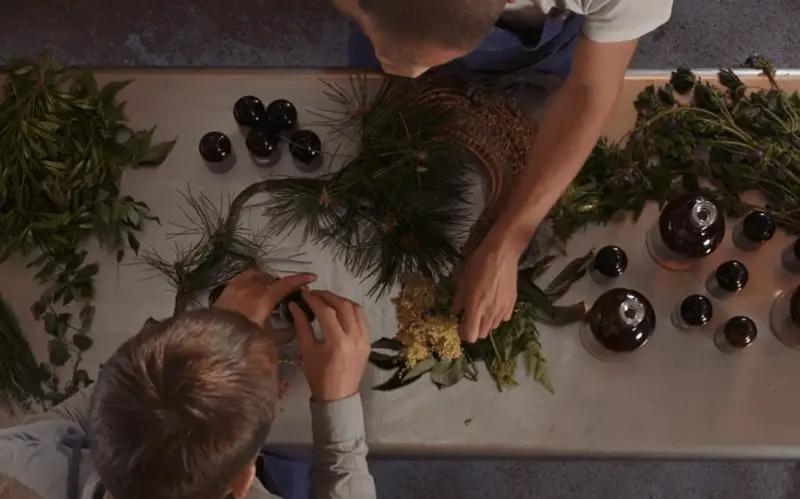
Some of the spices and herbs revealed to reporters at one of the Martini parties.
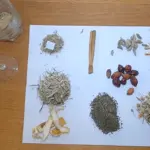
Analogue Martini Bianco
For flavor base:
- 85 ml alcohol 95%;
- 25 ml of water;
- 2,1 g bitter wormwood;
- 1 g of pharmacy chamomile;
- 1-3 juniper berries;
- 0,6 g of black elderberry flowers;
- 0,8 g cardamom (boxes);
- 0,7 g cinnamon (sticks, bark);
- 0,5 g nutmeg;
- 1 g peppermint;
- 1,8 g yarrow;
- 0,3 g vanilla or 1/6 vanilla pod;
For vermouth:
- 0,7 l semi-sweet white wine such as Tamyanka;
- 70 grams of sugar;
- 50 ml of water;
- 50 ml alcohol 95%.
Soak herbs and spices in 85 ml of alcohol and 25 ml of water (crush cardamom and juniper berries). Infuse the essence in a dark, cool place for 2 weeks, stirring occasionally. Then we strain the infusion through 4 layers of gauze, squeeze out the herbs and filter the essence through a cotton filter. Let her stand for 2 more days. We make vermouth in the same way as in the first recipe. Pour 50 ml of alcohol into the wine, cook the syrup from 70 g of sugar and 50 ml of water, cool the syrup and add it to the fortified wine. There we add 8 ml of essence. We try, adjust the content of the essence. We cork and let the drink rest for a month or two.
Vino Di Nocino based on walnuts
If you cooked Nocino according to our recipe, do not rush to throw away the remaining nuts – you can make tastier vermouth from them, which will even give odds to Martini. The recipe came directly from Italy, this drink is called Vino Di Nocino. To prepare it, we need:
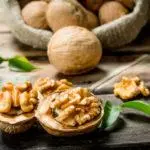
- walnuts from Nocino;
- 100 grams of sugar;
- 100 ml of 95% grape alcohol;
- 0,5 l of dry white wine.
Pour the nuts into a jar and fill them with wine. Add alcohol and sugar, mix well and infuse for 10 days in a dark, cool place. Periodically, the infusion should be stirred. Then the vermouth must be filtered through several layers of gauze, squeezed and driven through a cotton filter. Let it brew for 1-2 months and enjoy an unusual and very tasty aperitif. In the original recipe, the drink is infused from August, when Nocino is poured, and right up to Christmas, and only in the summer, after six months of aging, is it tasted. If you have the patience, then try it, you will not regret it.
In this recipe, wine can be replaced with ordinary cheap vermouth, then you do not need to add alcohol and sugar. If you use dry wine, you get a great aperitif, but you can also use dessert wines – then you get a digestif, which is useful to drink in moderation after a meal.
Of course, each recipe still needs to be improved and it’s not a fact that you will like the resulting drink. You need to try, change the composition of the essence, select your own wine. In general, there is a reason to spend time with benefit 😉









